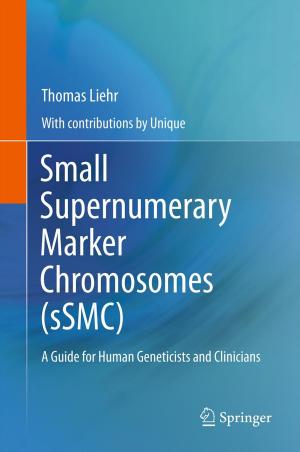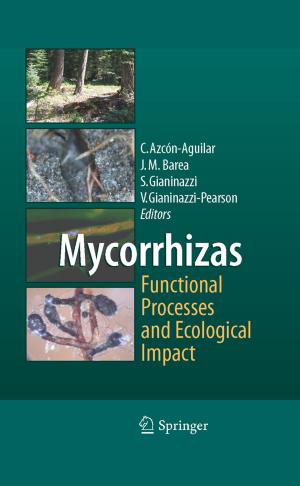The Impact of Melting Ice on the Ecosystems in Greenland Sea
Correlations on Ice Cover, Phytoplankton Biomass, AOD and PAR
Nonfiction, Science & Nature, Science, Biological Sciences, Environmental Science, Earth Sciences, Technology| Author: | Bo Qu | ISBN: | 9783642544989 |
| Publisher: | Springer Berlin Heidelberg | Publication: | October 9, 2014 |
| Imprint: | Springer | Language: | English |
| Author: | Bo Qu |
| ISBN: | 9783642544989 |
| Publisher: | Springer Berlin Heidelberg |
| Publication: | October 9, 2014 |
| Imprint: | Springer |
| Language: | English |
Arctic marine ecosystems are largely impacted by changes associated with global warming. The sea ice in Greenland Sea plays an important role in regional and global climate system. The book investigate the relationships between phytoplankton biomass, measured using remotely sensed chlorophyll-a (CHL), aerosol optical depth (AOD) and sea-ice cover (ICE) in the Greenland Sea (20°W-10°E, 65-85°N) over the period 2003-2012. First hand Satellite data was used to do correlation analysis. Enhanced statistics methods, such as lag regression method and cointegration analysis method are used for correlation and regression analysis between 2 variables (up to 3 variables). ARMA model was used to prediction time series in the future 3 years. The book not only gives outline of ecosystem in Greenland Sea, how the ice impact to the local ecosystems, but also provides valuable statistical methods on analysis correlations and predicting the future ecosystems.
Arctic marine ecosystems are largely impacted by changes associated with global warming. The sea ice in Greenland Sea plays an important role in regional and global climate system. The book investigate the relationships between phytoplankton biomass, measured using remotely sensed chlorophyll-a (CHL), aerosol optical depth (AOD) and sea-ice cover (ICE) in the Greenland Sea (20°W-10°E, 65-85°N) over the period 2003-2012. First hand Satellite data was used to do correlation analysis. Enhanced statistics methods, such as lag regression method and cointegration analysis method are used for correlation and regression analysis between 2 variables (up to 3 variables). ARMA model was used to prediction time series in the future 3 years. The book not only gives outline of ecosystem in Greenland Sea, how the ice impact to the local ecosystems, but also provides valuable statistical methods on analysis correlations and predicting the future ecosystems.















